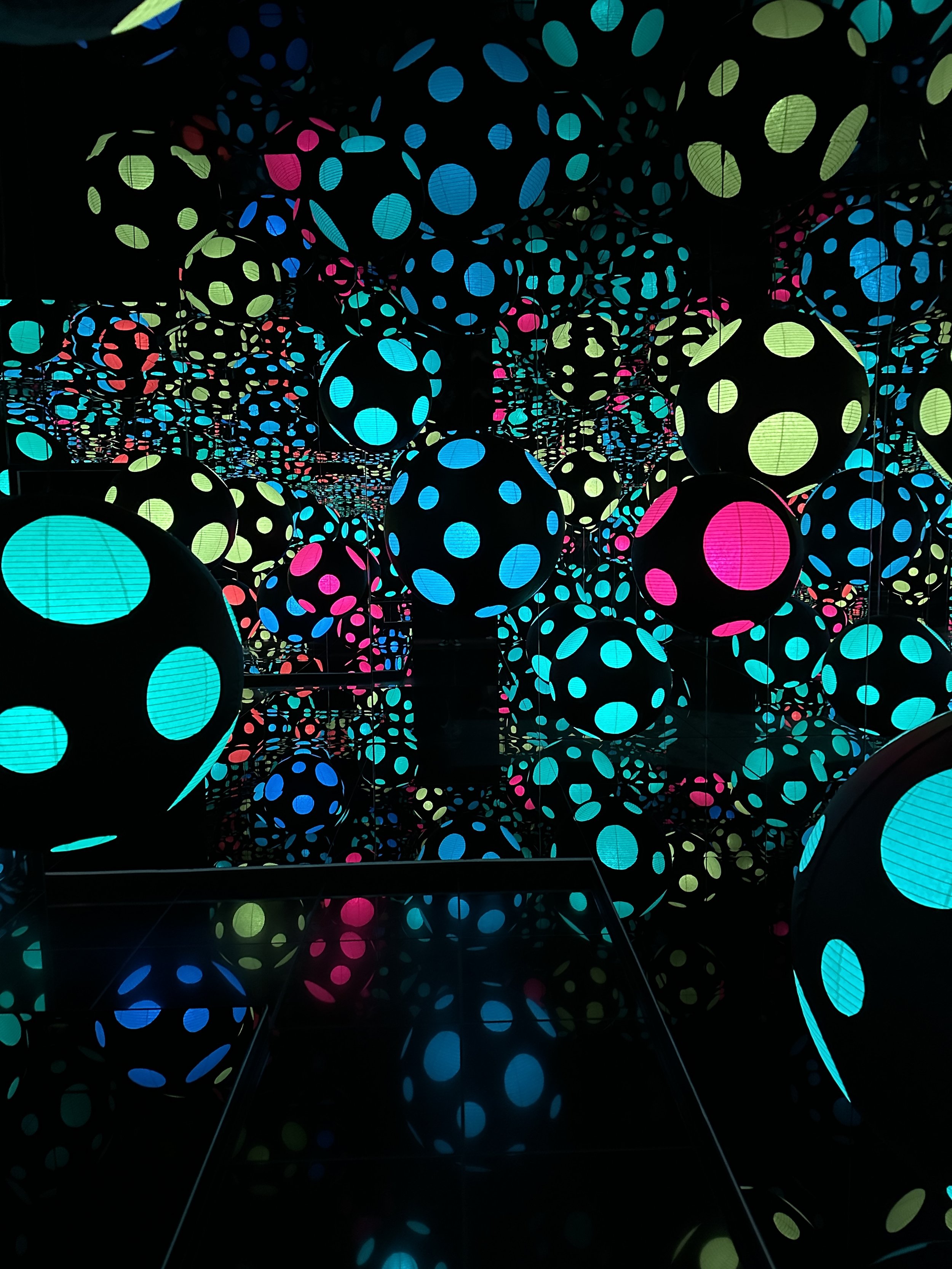The Psychology of Art: Exploring Human Expression Through Masterpieces
Art is not just about aesthetics; it's a profound reflection of human psychology, emotions, and cognition. From the powerful strokes of a brush to the intricate details of a sculpture, art captures the essence of human experience and transcends language barriers to communicate on a visceral level. In this exploration of the psychology of art, we delve into the depths of human expression through the lens of iconic artworks that embody key psychological concepts.
Emotional Expression and Catharsis
At the heart of art lies the ability to evoke emotions and offer catharsis, a release of emotional tension through creative expression. Consider Vincent van Gogh's "Starry Night," a masterpiece that reflects the artist's inner turmoil and emotional intensity. Van Gogh's bold use of color and swirling brushstrokes not only captures the beauty of the night sky but also hints at the artist's struggles with mental health. Through his art, van Gogh found a cathartic outlet, channeling his emotions onto canvas and inviting viewers to experience a range of feelings, from awe to introspection.
Vincent Van Gogh
Perception and Interpretation
Art is subjective, shaped by individual perceptions, experiences, and cultural backgrounds. In the realm of contemporary art, Yayoi Kusama's "Infinity Mirror Rooms" offer a captivating exploration of perception and interpretation. These immersive installations, such as "Infinity Mirrored Room - My Heart is Dancing into the Universe," envelop viewers in a mesmerizing play of lights, mirrors, and reflections. While experiencing Kusama's work, viewers interpret their surroundings differently based on their movements, perspectives, and emotional states. The infinite reflections and illusions challenge traditional notions of space and self, highlighting how modern art prompts viewers to engage actively and interpretively with their sensory experiences.
Yayoi Kusama
Infinity Mirrored Room- My Hear is Dancing into the Universe
Wood and glass mirror room with paper lanterns
2018
Creativity and Flow State
The creative process is not just about skill; it's about tapping into a state of flow, where ideas flow seamlessly, and time seems to stand still. Artists like Jackson Pollock exemplify this concept through their dynamic and spontaneous creations. Pollock's drip paintings, such as "Number 1A, 1948," showcase his immersive process, where he would move around the canvas, pouring paint with rhythmic precision. In this state of flow, artists transcend self-consciousness and tap into raw creativity, producing artworks that resonate on an instinctual level with viewers.
Jackson Pollock
Art Therapy and Healing
Art has therapeutic potential, offering a means for individuals to explore emotions, gain insights, and promote healing. Frida Kahlo's self-portraits are not just artistic masterpieces but also windows into the artist's inner world of pain, resilience, and self-discovery. Kahlo, known for her bold use of symbolism and raw emotional honesty, used art as a form of therapy to cope with physical and emotional trauma. Her paintings serve as a testament to the healing power of art, inspiring countless individuals to express themselves creatively as a means of self-exploration and healing.
Frida Kahlo
Cultural Reflection and Identity
Art is deeply intertwined with culture, reflecting societal values, beliefs, and identities. Kehinde Wiley's vibrant portraits challenge traditional notions of power and representation, particularly within African American culture. By juxtaposing contemporary figures against elaborate, classical backgrounds, Wiley subverts expectations and invites viewers to question stereotypes and biases. His art not only celebrates cultural identity but also prompts meaningful conversations about diversity, representation, and social justice.
Kehinde Wiley
In conclusion, the psychology of art illuminates the complex interplay between human cognition, emotion, and creativity. Through iconic artworks spanning centuries and cultures, we gain insights into the universal nature of human expression and the transformative power of art in shaping individual and collective consciousness. Whether as a source of catharsis, a catalyst for self-discovery, or a mirror reflecting cultural narratives, art continues to captivate, inspire, and resonate with audiences worldwide.





